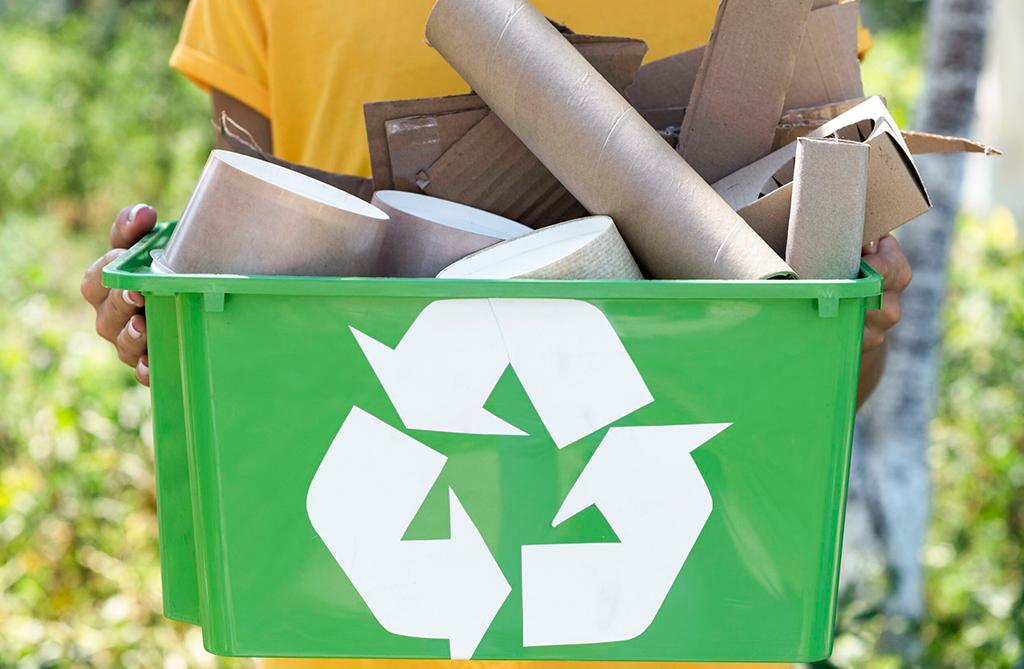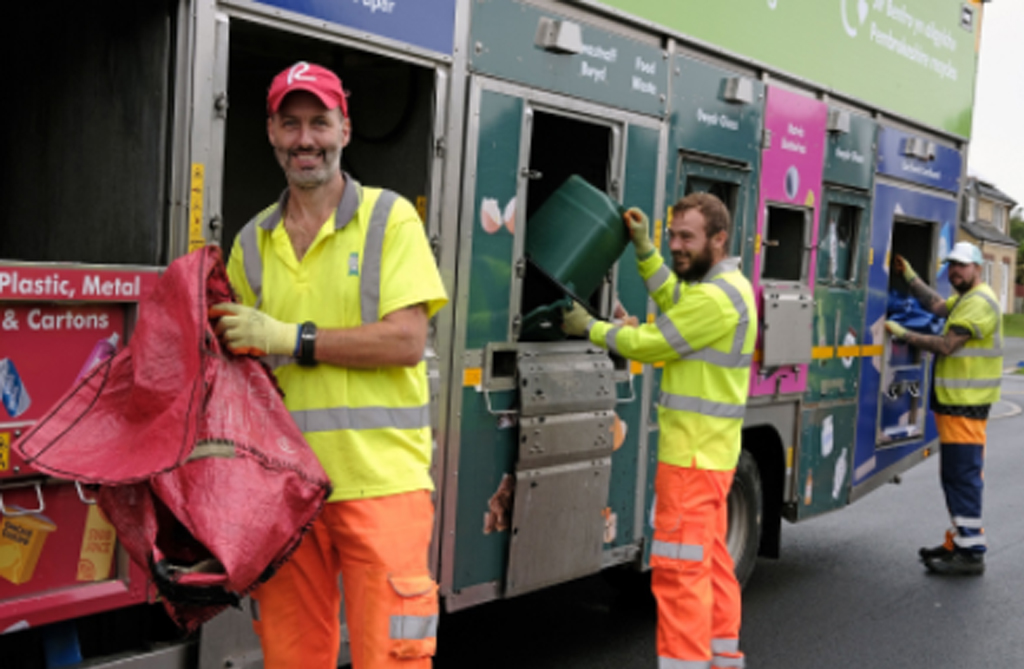Waste is produced each and every day, in a variety of different forms and environments, and it is our job to ensure this is handled in the correct way. In our homes, working environments, and even on the go, waste is likely to be produced, food waste, packaging, dry mixed recycling, and the list goes on. In each circumstance, there will be bins available to handle the rubbish, which is typically receptacles provided by the local authority. Each business and household have access to different rubbish bins to capture the waste, often this will come in the form of a general waste bin, dry mixed recycling bin(s), and then some offer garden and food waste receptacles too. With ample choices of how to dispose of your waste, it should be easy to put the trash in the correct bin, yet we still find that contamination is a big problem.

What’s the problem & why does it happen?
You’ve binned your rubbish rather than littering, which is great – but have you used the correct bin? Contamination happens in many instances, for the general waste, it typically will result in a ‘missed opportunity for recycling, however, the issue is particularly problematic within recycling bins. A batch of contaminated waste will create issues throughout many stages within the recycling process, from kerbside to reprocessing. Not only will it sometimes result in large batches being spoilt and unable to be recycled effectively, but it also will cost more money to process, WRAP explains ‘Increased collection and reprocessing costs effectively reduce the value of materials destined for recycling. In most cases, additional costs are eventually passed back to the local authority in the form of lower revenues or higher gate fees.‘
So why does contamination happen? Before we can prevent it, and put processes in place to tackle the issue, it is important to know the cause. A misunderstanding of which bin is best is often a common factor in the problem, often wrong items are placed in the bins unintentionally as people believe them to be recyclable. An example of this is often black food trays, cling film, and other soft plastics like crisp packets. An item that is not yet recyclable at kerbside can get mixed in with the waste and spoil the batch.
Sometimes recyclable items can cause their own problems, this is if they have their own forms of contamination such as food residue, or unrecyclable components such as tape or stickers. Once again these ‘spoiled’ waste items can cause issues in the recycling process.

Prevention is the cure!
So now we know the issue, we can tackle it! The first and easiest step would be to understand your waste and the allowances in your bins. Until the Consistency of Collections legislation comes into force, each local authority offers its own type of waste collection, whilst the majority do collect the same type of waste, they are often captured in different bins / bags in different areas. One of the best things you can do to responsibly handle your waste is to understand the recycling processes in your area, this will give you an understanding of what goes in which bin – to help reduce chances of contamination.
As well as understanding your bins, take pride in understanding your waste too. Research into what items can and cannot be recycled, or check out the packaging labelling where applicable for advice on best practices. As a rule of thumb, we always advise if you are unsure if an item is recyclable or not, to air on the side of caution and leave it out of the recycling bin – if you are uncertain, place the item into the general waste.
But it is not just down to the individuals, there are many ways that manufacturers and local authorities can help prevent contamination. For manufacturers or brands, making recycling information clear and identifiable on their products will help increase the success rate of correct waste management. The councils can also provide guidance too, for example, providing clear instructions on waste accepted in recycling bins, these can be shown on leaflets or can be printed on the bags which line the bins.
Cromwell can supply a range of printed refuse sacks, compactor sacks, and wheelie liners to help promote clear recycling instructions for their residents to follow. These small but effective steps can help reduce the chances of contamination in waste, and as such help improve recycling rates.
If you would like advice on contamination in waste, you can chat with our team or download our free guide.